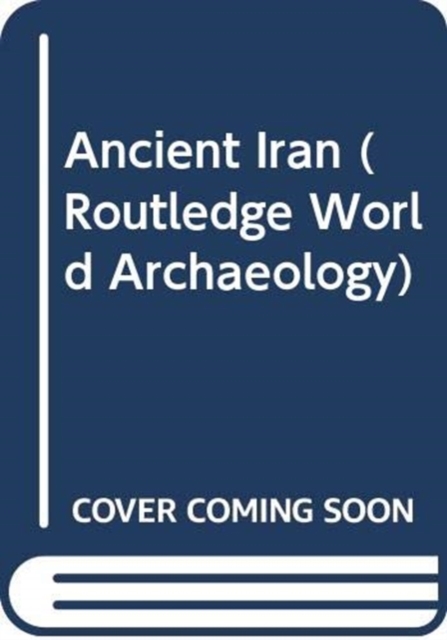CITESTE MAI MULT
Detalii
Descriere RO
In studying the human past, the country of Iran (ancient Persia) has strong claim to host some of the most significant developments anywhere on the planet. After the last Ice Age, from 11,000 BC onwards, human communities across Iran began to settle down in villages and domesticate the wild animals and plants around them. They changed from hunter-foragers to farmers and animal herders, and they were amongst the first in the world to do so. In later times, Iran was central to the rise of urban, literate societies from 4000 BC, maximising the value of its rich resources in the form of copper, silver, timber, carnelian and other commodities, to underpin Iran's key role in a complex phenomenon across the ancient Near East often called the rise of civilisation. From 2000 BC Iran participated in a series of increasingly large and powerful empires, culminating in the Achaemenid Empire of the mid-first millennium BC that stretched from the eastern shores of Europe to the Central Asian deserts, from the Black Sea coast to the Nile valley.
Ancient Iran provides a synthetic and analytical study of the archaeology of Iran. Each chapter comprises thematic studies of key issues, allowing scope for theoretically-informed exploration of social, economic and cultural problems situated within a firm chronological framework. The book is above all an archaeological study, but draws heavily on related disciplines where appropriate, including history, geography, sociology, and natural sciences. Heavily illustrated with line drawings, photographs, tables and charts, Ancient Iran provides a much needed study of this key region in world archaeology.
EdituraTaylor & Francis Ltd
Dimensiuni246 x 189
Data Publicarii01/01/2020
Format
Cartonata
Numar pagini
Aceasta este o carte in limba engleza. Descrierea cartii (tradusa din engleza cu Google Translate) este in limba romana din motive legale.
In studierea trecutului uman, tara Iranului (Persia antica) are pretentia puternica de a gazdui unele dintre cele mai semnificative evolutii oriunde pe planeta. Dupa ultima epoca glaciara, incepand cu 11.000 i.Hr., comunitatile umane din Iran au inceput sa se aseze in sate si sa domesticeasca animalele si plantele salbatice din jurul lor.

